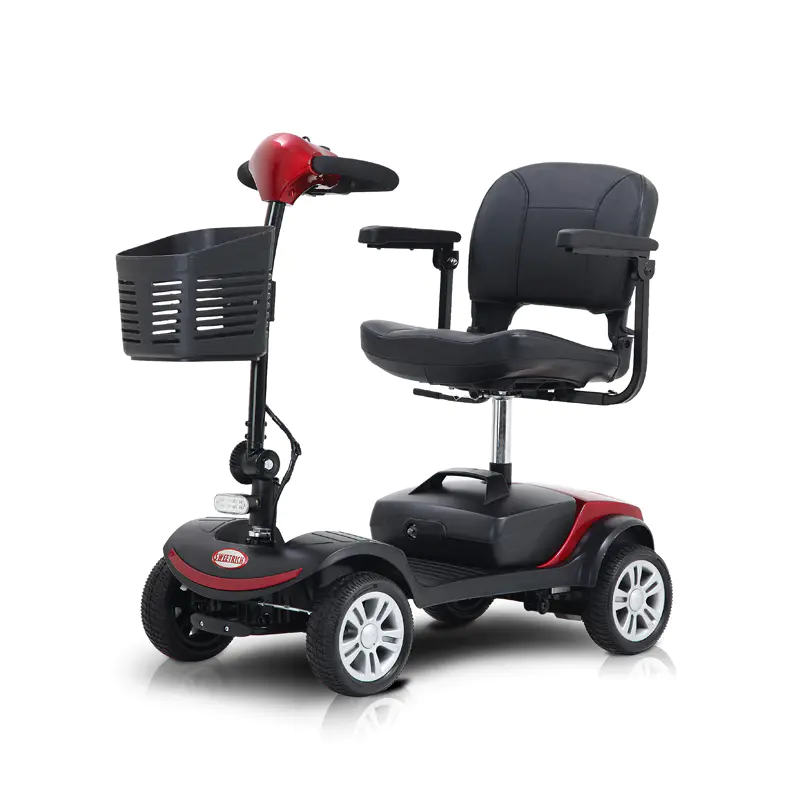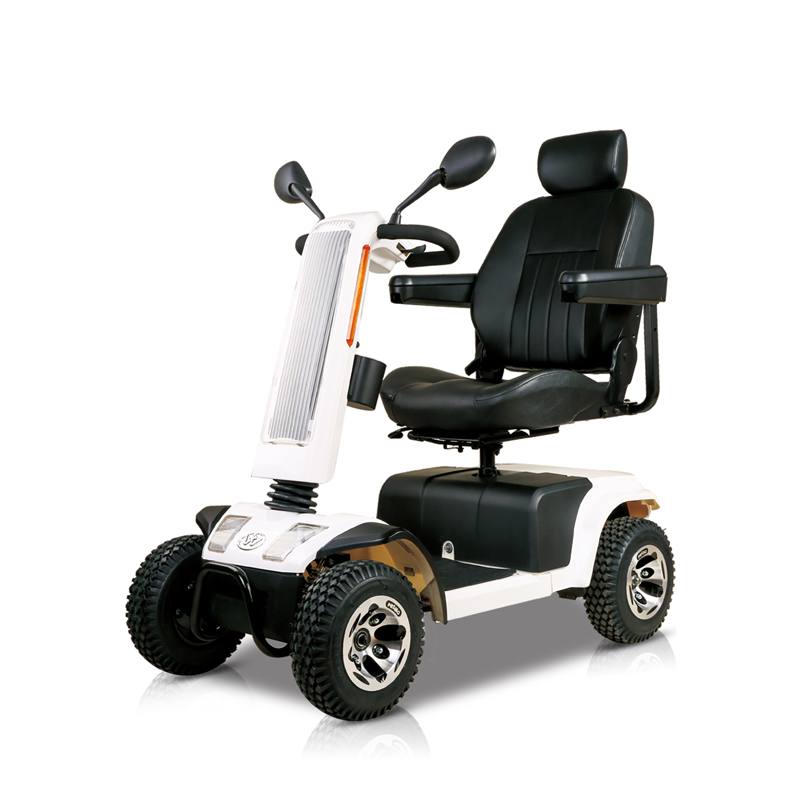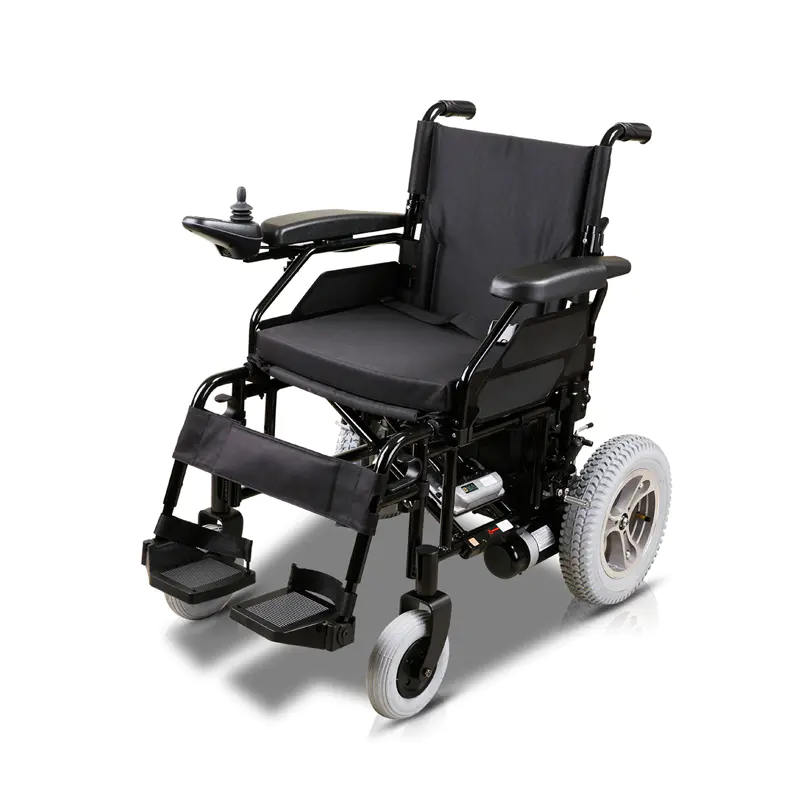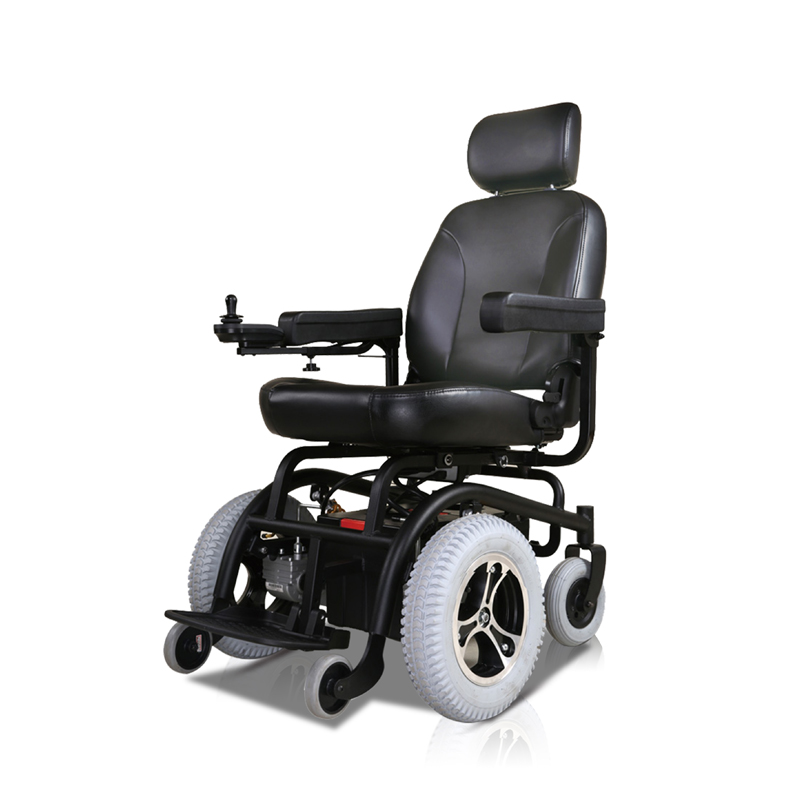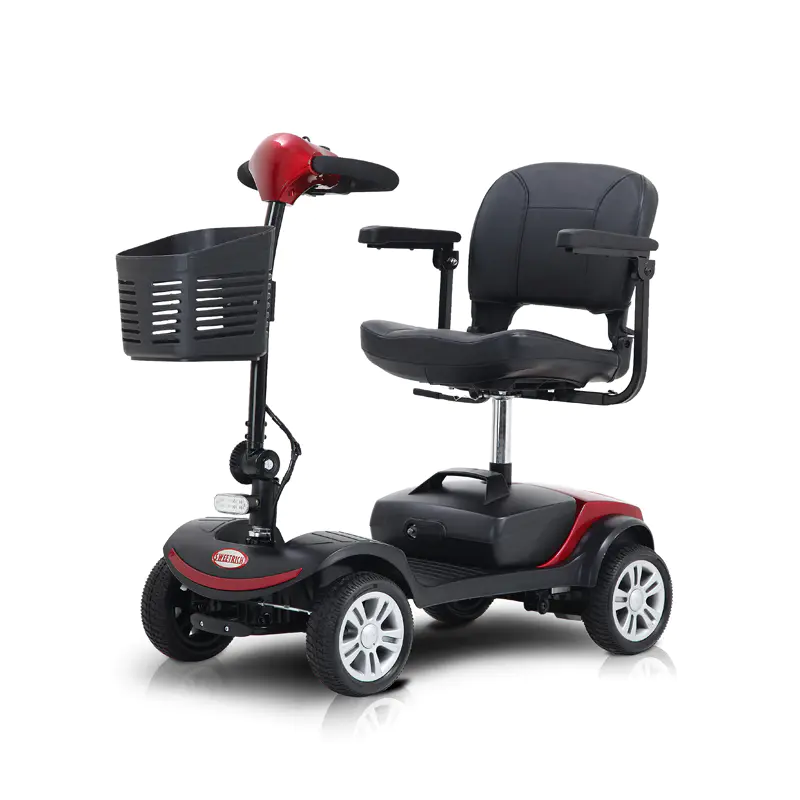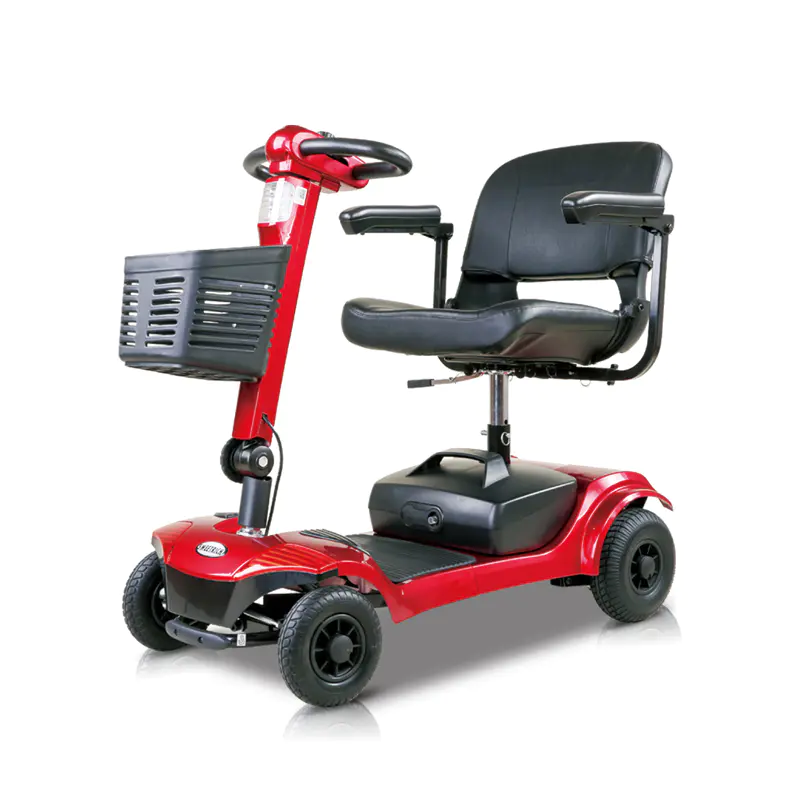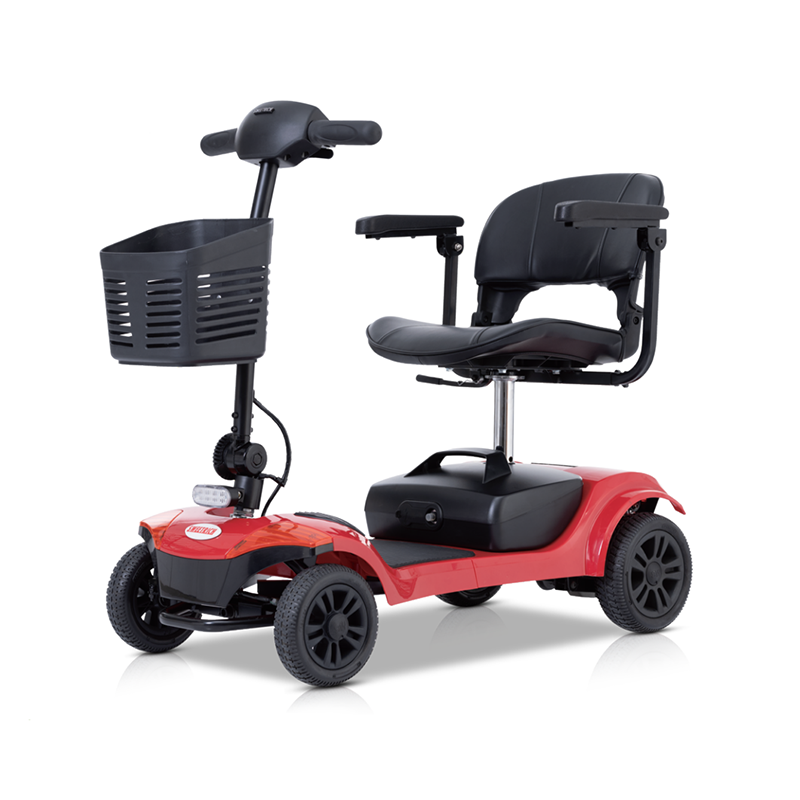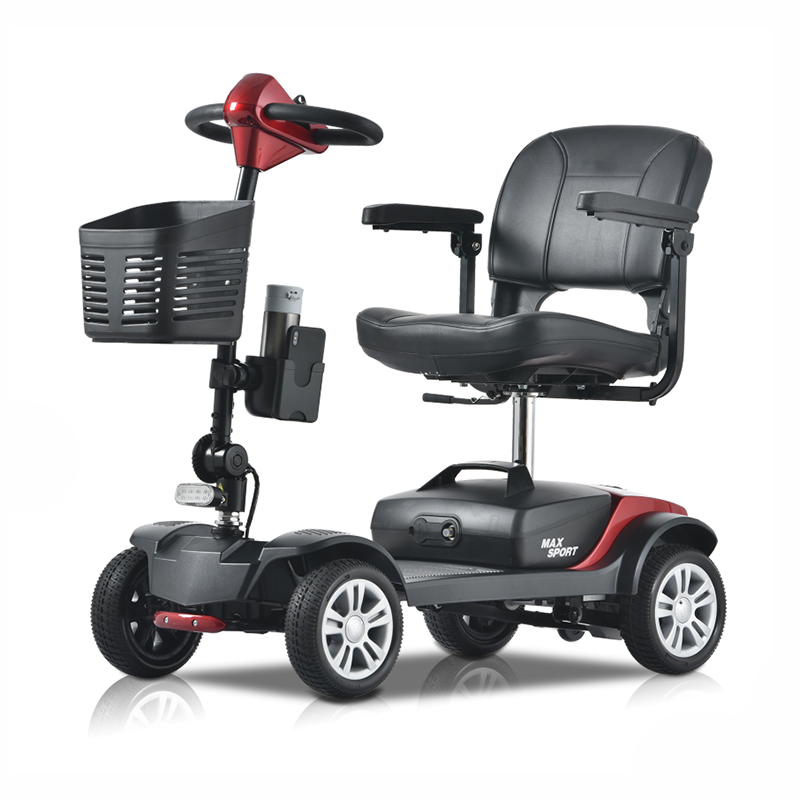In the rapidly evolving landscape of personal mobility, two core pillars continue to shape the direction of electric transportation: advances in battery technology and the growing demand for customizable design. These forces are steadily changing the way people interact with mobility devices. At the same time, enhanced production capacity in the foldable scooter factory sector has made the industry more responsive and efficient. Together, these three factors are gradually redefining user expectations—delivering performance, adaptability, and solid craftsmanship.
A key breakthrough in personal mobility has been the improvement of rechargeable battery systems. Among various technologies, high energy-density batteries have become a common foundation for many lightweight transportation devices. Their compact size, reliable lifespan, and stable power output make it possible to extend travel range while keeping vehicles easy to carry. For foldable scooters, this results in smoother rides and fewer interruptions, allowing users to cover longer distances on a single charge without compromising convenience or maneuverability.
Alongside these technological improvements is a clear shift toward customization and personalization. While traditional mobility products tended to follow uniform designs, today’s users increasingly seek solutions that are more adaptable and expressive. They value not only consistent performance but also the ability to tailor their devices to better fit their lifestyle. This includes adjustable components, personalized aesthetics, and modular features that support a range of usage scenarios—from commuting to leisure riding.
Achieving a balance between functionality and flexibility is not always straightforward. Scooters have traditionally featured rigid frames and fixed sizing, which limited comfort and reduced design flexibility. In response, manufacturers and designers are exploring modular configurations, adjustable features, and lightweight materials that enable more individualization without compromising structure. Adjustable handlebars, collapsible frames, swappable accessories, and varied frame finishes are now commonly incorporated to accommodate different user preferences.
Safety and customization are also being considered together. Integrated lighting systems, ergonomic grips, responsive braking mechanisms, and weather-resistant materials are increasingly built into these devices during the manufacturing phase. These features are not just add-ons but are thoughtfully embedded in the design to suit users navigating complex and diverse environments.
Additionally, some manufacturing operations are aligning their production with environmentally responsible practices. Many have introduced more sustainable processes, such as using recyclable materials, reducing waste output, and enhancing energy efficiency throughout the production line. These developments are influencing how lightweight electric transport solutions are produced—balancing product quality with environmental consideration.

